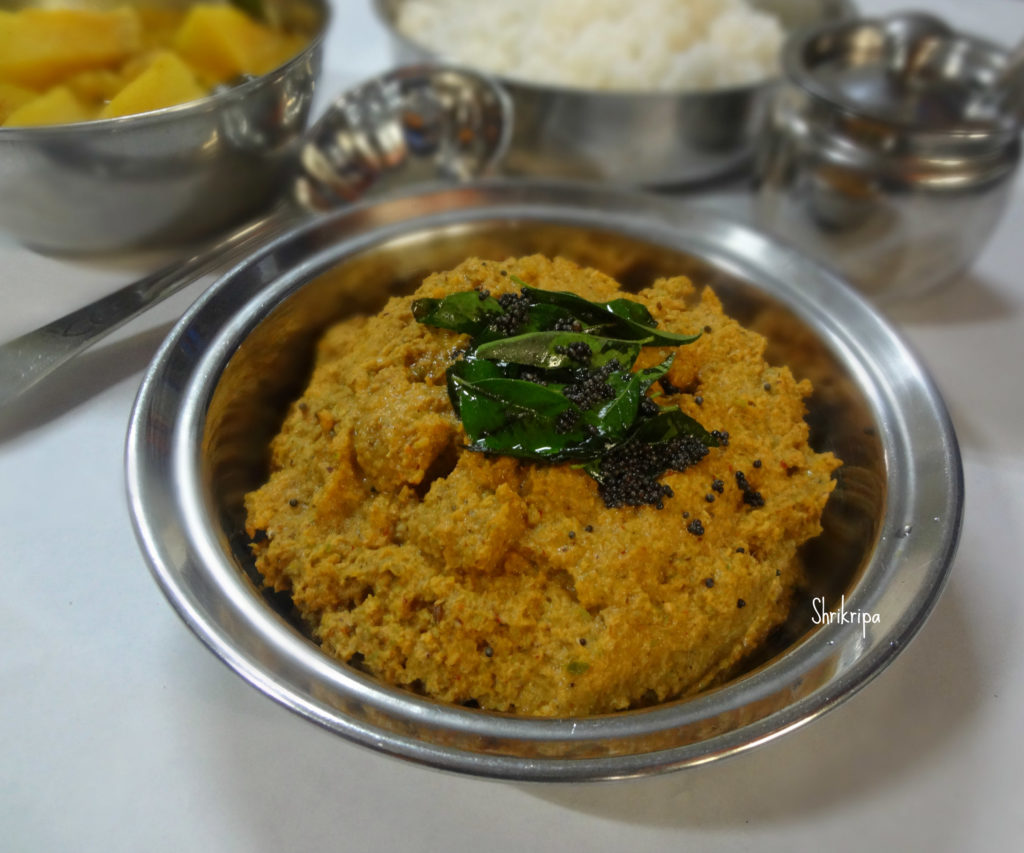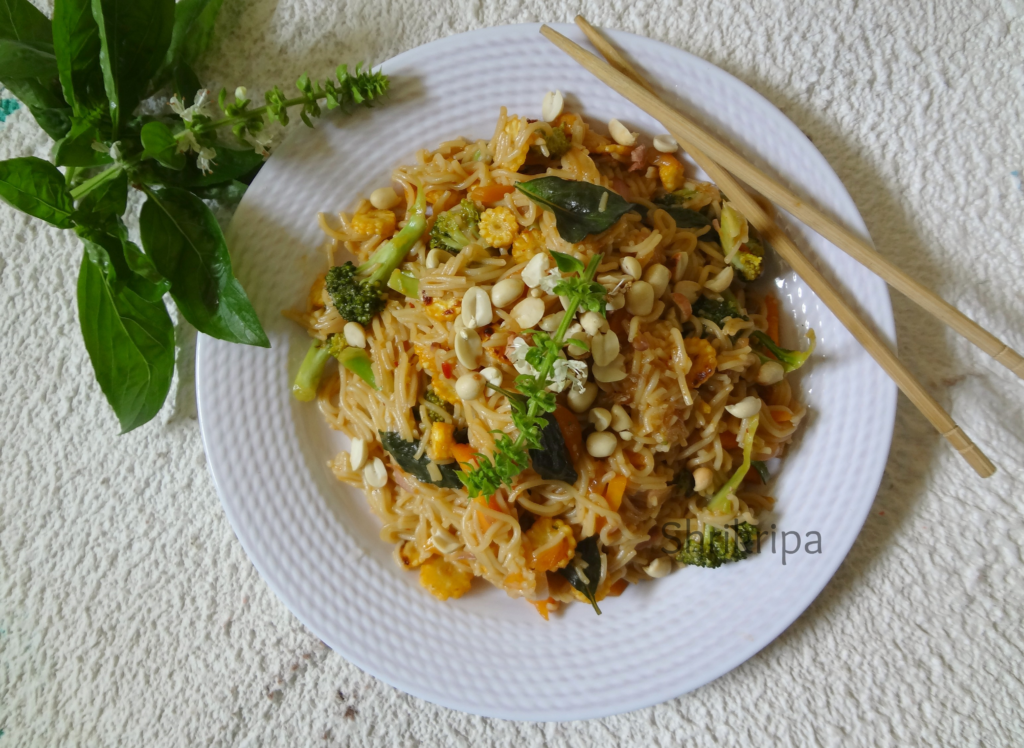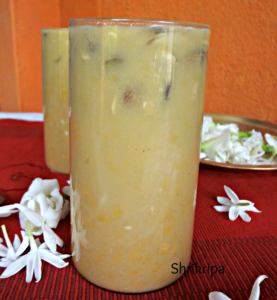Yes!!! You heard it right. In our household we never throw out nutritionally filled outer peel of the veggie or the seeds. I normally make it a point to use as frequently as possible in one form or the other. Normally vegetable stock is an easy option. If only one variety is available, chutney or relish is an alternative tasty option too.
Don’t throw away organically grown or home-grown veggie skins. These are a real treasure of flavour and vitamins. Normally breadfruit is grown without any pesticide.
This chutney can be relished with hot plain rice with ghee or with any flat breads.

Ingredients:
Breadfruit peel – From one fruit
Coconut – ½ cup
Urad dal – 1 tea spoon
Cumin – ½ tea spoon
Dried red chilli – 2
Green chilli – 1 or 2
Garlic – 3 to 4 cloves
Tamarind – ½ tea spoon
Coconut oil – 1 table spoon
Salt
Seasoning:
Coconut oil – 1 tea spoon
Mustard – ½ tea spoon
Curry leaves – 1 spring
Method:
-Wash bread fruit peel before peeling. Once again wash and remove white latex, which oozed out while peeling.
-Take one small kadai, pour oil, when it is hot add urad dal fry until it is light brown.

-Next add cumin, red chilli, and fry until chilli puffs and becomes crisp.
– Now add peels, garlic, green chilli and fry until outer peel changes its colour and wilts a little.
-Next you can add coconut, tamarind and salt, switch off the gas. Toss for one minute and cool this mixture.
-Grind this cooled mixture in a mixer grinder with enough water.
– Do seasoning by heating oil, splutter mustard and add curry leaves and pour it over the chutney.










































